#aztatlan
Link
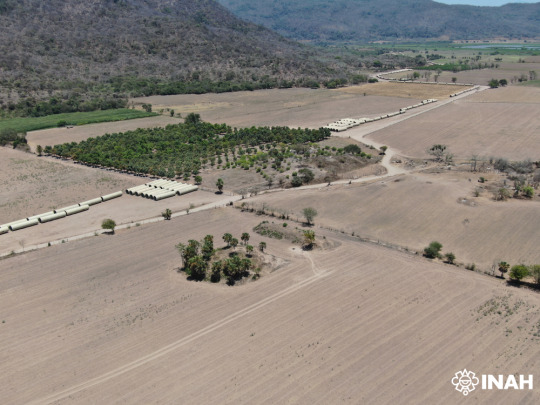
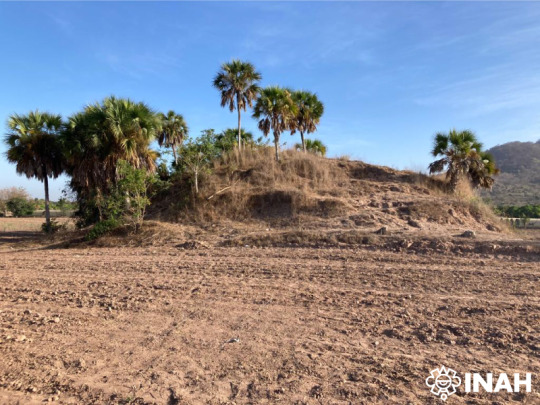

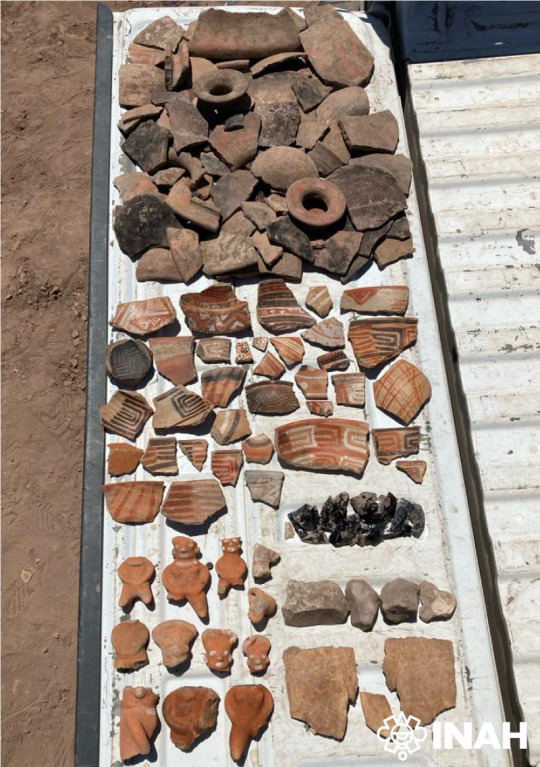
59 notes
·
View notes
Photo
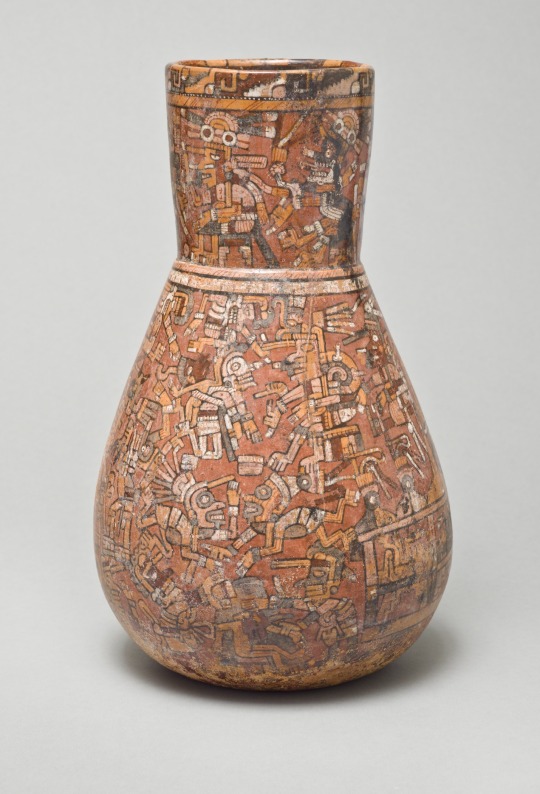
Codex vessel of the Aztatlan culture of Nayarit (x)
2 notes
·
View notes
Photo

Readymade olvidado en la sala "Culturas de Occidente". 🗿🏺 #archaeoDuchamp #aridoamerica #coleccionistaesquizoide #archaeological #readymade #occidenteprehispanico #Aztatlan #archaeologyshreds #archaeology #archaeologist #MNA #ancientart #pornarchaelogy #polycrome #schismstyle #vasijacódice #aintMixtecaPuebla #instarchaeology #arkeoloji #instamood #heritage #ancient #history #wanderlust (en Museo Nacional de Antropología)
#ancient#instarchaeology#heritage#vasijacódice#schismstyle#polycrome#ancientart#wanderlust#aintmixtecapuebla#archaeologyshreds#archaeoduchamp#history#pornarchaelogy#aridoamerica#coleccionistaesquizoide#archaeology#arkeoloji#archaeologist#aztatlan#mna#occidenteprehispanico#readymade#archaeological#instamood
0 notes
Photo

Un día como hoy.. pero de 1530. Estando en el sitio conocido como Aztatlan (Nayarit), una inundación sorprende a las huestes del conquistador Nuño de Guzman, falleciendo un gran número de aliados indígenas, algunos españoles y animales que acompañaban la expedición. Acto seguido, Nuño despacha de manera urgente a sus capitanes Juan Sánchez Olea y Gonzalo Lopez hacia la Ciudad de México y Michoacán en búsqueda de apoyo y provisiones para continuar la campaña de conquista. https://www.instagram.com/p/CFX6EpdH1JMmFDuHZbSs-BWXQE7gZzdhbvVbSg0/?igshid=rib8pbnskc8j
0 notes
Photo
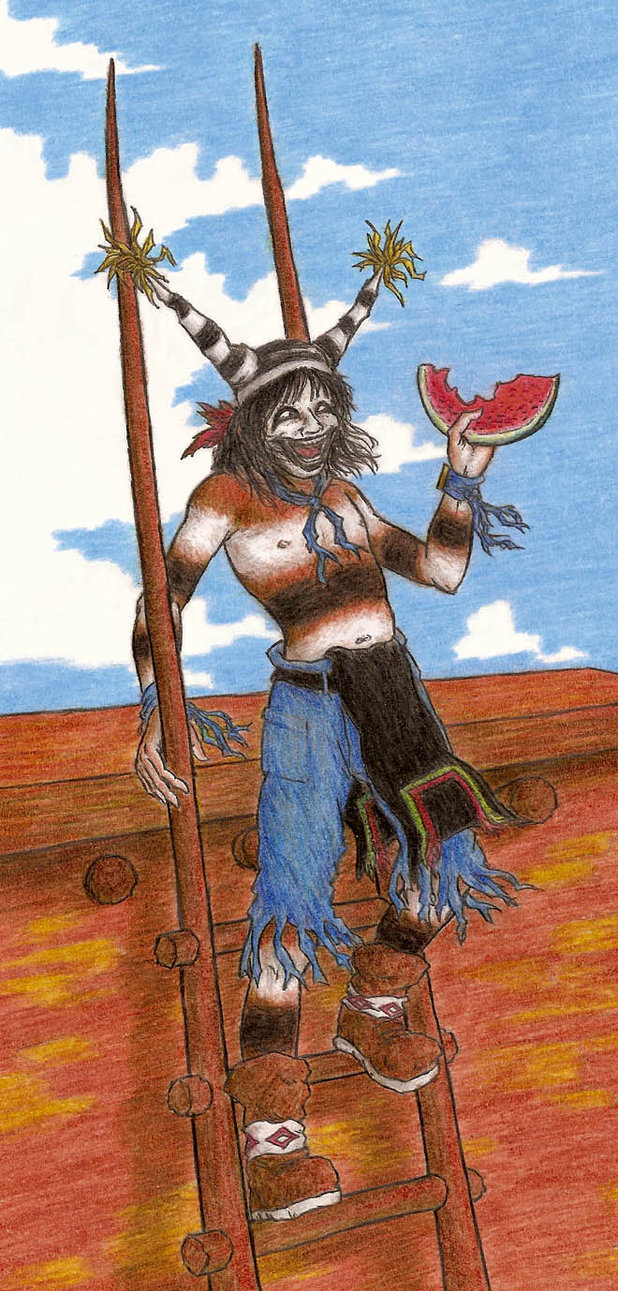
Although the koshari are often seen dancing at festivals alongside kachinas, they are not themselves kachinas. Rather, they are "sacred clowns" who mock the kachinas, disrupt dances, speak rudely to their elders, sing off-key or one beat behind the song, and generally act like disruptive fools.
http://cometogetherarticles.yolasite.com/sacred-clowns-and-fools.php
0 notes
Text
Aztatlán astronomical observatory linked to sun worship

Archaeologists have located an astronomical observatory linked to sun worship in the Cerro de Coamiles site, one of the leading centres of Aztatlán (AD 850/900-1350 ) culture located in the central coast of Nayarit, Western Mexico. This discovery has helped define the importance astronomy had for the coastal boreal Mesoamerican.
Mauricio Garduño Ambriz, an archaeologist at the National Institute of Anthropology and History (INAH), said the observatory forms part of a ritual architectural complex which was built to record the passage of the sun through the sky at the equinoxes. Within the Mesoamerican religious tradition, mountains or step pyramids were conceptualised as solar temples. Read more.
123 notes
·
View notes
Photo

This is what my AskHistorians secret Santa got me for Christmas. I am already diving into the Aztatlan book. There's something about archaeology books from the 1930s and 1940s that make them so much more enjoyable to read than more recently published works.
#archaeology#arqueologia#mesoamerica#mexico#nayarit#Aztatlan#culiacán#sonora#sinaloa#history#historia
74 notes
·
View notes
Photo

I highly recommend checking out Michael Mathiowetz's research which has been largely focused on the Postclassic connections between West Mexico (specifically the coastal Nayarit Aztatlan culture) and the U.S. Southwest (Ancestral Puebloans). His scholarship not only focuses on the exchange of material goods, such as cacao, bronze, feathers, and turquoise, but the exchange of ideas and iconography, such as a cult related to Tlahuizcalpantecuhtli and Xochipilli.
104 notes
·
View notes
Note
Has West Mexico's influences ever reached anywhere in Baja California or near it?
Perhaps in a roundabout way. The Aztatlan culture of coastal Nayarit traded with the American Southwest. They probably received turquoise in exchange for bronze bells. Baja's relationship to that trade system or with Southwestern peoples is unknown to me unfortunately.
21 notes
·
View notes
Photo
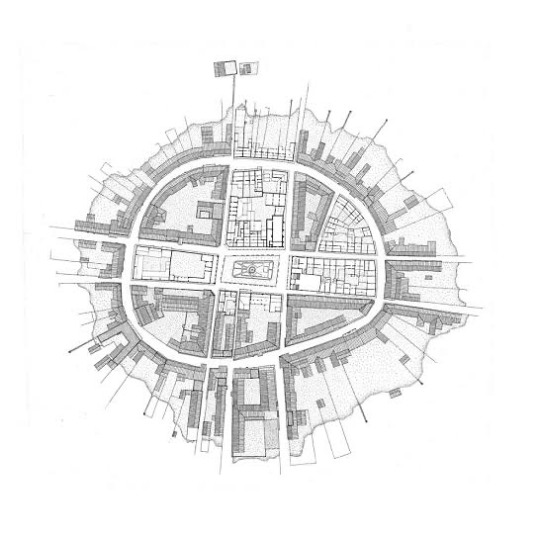
Un día como hoy.. pero de 1530. Gonzalo López, maestre de campo de la expedición de Nuño de Guzmán; avista la isla de Mezcaltitan (Nayarit) donde se encontraba emplazada Aztatlan, la cual ocupa sin resistencia de los indígenas. https://www.instagram.com/p/CDHBozxHgFiKA7BSeJ3Mbzl-HOe4oilgptDC1E0/?igshid=b71f6jxjrda0
0 notes
Text
LA CONQUISTA DE XALISCO EN 1527. Una historia paralela a la de Tonala. Fray Francisco Frejes.
Segunda parte
#cronicatonala✍🏼
"Asi lo aseguro un Casique o señor temporal del pueblo de Tzapotzingo que habia cerca de Xalisco. Le pregunto Nuño de Guzman: que noticia le daba de sus ascendientes? y le dijo: haber oido decir a su padre Xanacaltoyorit, que sabia de sus ascendientes; que de lo mas interno del Norte, de una provincia llamada Astadar (Aztatlan), salieron varias familias en diversos tiempos buscando tierra que poblar. Que poblaron la Quivira, Sonora, Sinaloa, Acaponeta, Xalisco, Tonala, Sayula y Colima. Que de ahi pasaron a Michoacan y Texcoco en donde hicieron mansión. Que creciendo estas colonias, fundaron reinos y señoríos pacíficamente, sin que hubiese quien disputara derecho alguno..".
Gobernaba este reino (Xalisco), entonces una viuda. La que sabedora de los estragos que los españoles habian hecho en el reino de Colima, junto el senado de Casiques que la dirigía y con su acuerdo resolvio recibirlos de paz. A pesar de esta resolución que tomaba la reina contra su voluntad, el Casique del pueblo antiguo llamado hoy de la Magdalena y llamado Huaxicar, trato de resistir cuanto pudiese la invasion enemiga. Reunio a la gente que pudo y salio al encuentro de los españoles. Destacó Francisco Cortés a Juan de Escarona para que arrollase a los indios, estos en Tetitlan tuvieron una accion muy reñida pero cedieron con bastante perdida al poder de los españoles, que siguieron su marcha sin resistencia para Xalisco.
Vencida esta dificultad caminaban los españoles y descubrieron numerosas poblaciones de Xalisco. No lejos de la capital remitio Cortés una embajada de las acostumbradas a la reina. La recibio benévola, manifestando deseos de conocer a los conquistadores, mas bien por la religión que les anunciaban, que por lo demás; porque era muy inclinada al culto de sus deidades. Mando disponer una enramada vistosa y adornada de colgaduras y ramilletes de hermosas flores, media legua cerca de la capital para hacer en ella a los españoles el recibimiento de estilo a grandes señores.
Llegada la hora de la entrada, salio la misma reina acompañada de sus damas y consejo de Casiques, que dirigian al gobierno con su hijo que era el sucesor, pero aun tenia diez años de edad. Escuadronados los flecheros que rompian la carrera, formaron una plaza enmedio y en donde encerraron venados, conejos, liebres, águilas, garzas, pericos y otros animales de caza. Luego que llego el conquistador que venia a la vanguardia del ejército, soltaron los flecheros la presa y recibiendo a los animales con las armas, se las ofrecian al capitan y soldados españoles, con demostracion de contento.
Pasados los cumplimientos respectivos entre la reina, los Casiques y españoles, entro el ejército y comitiva a la capital. Habia en esta un llamado Cue o templo dedicado a los dioses. Era muy alto y solamente para llegar al pavimento se subian sesenta gradas. A mas le adornaban sus esquinas cuatro columnas o pirámides de ocho varas en cuadro y en que en el medio tenia cada una un altar para los inciensos, que al tiempo de los sacrificios formaban sobre la cúspide una graciosa nube.
No entro Cortés al templo y después de admirarlo y las ceremonias tan respetables de su recibimiento y de su ejército, paso a la casa que para su alojamiento se les tenía preparada.
La reina se retiro a su palacio sin manifestar en tan nueva entrevista y recibimiento la turbacion que era consiguiente a la misión de sus huéspedes.....
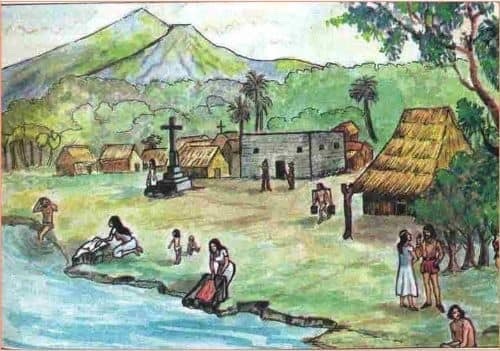
0 notes
Photo
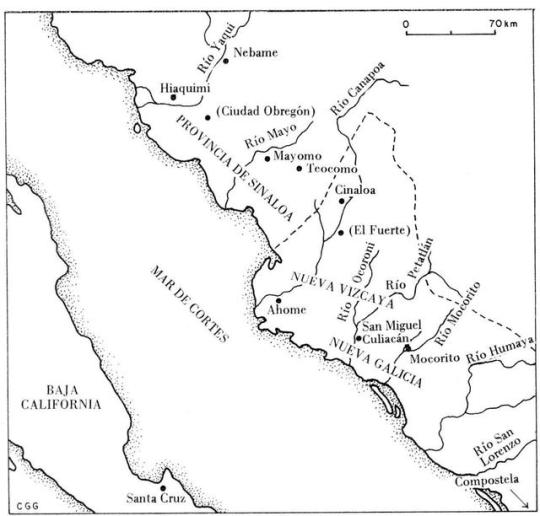
As some of you may have noticed on Reddit’s AskHistorians, I really enjoy answering questions related to food in Mesoamerica. Personally, I love to cook and cook new things from a variety of different cuisines. So understanding the foods people ate in the past helps me to connect and understand those that came before us. Today, as I was reading Carl Sauer and Donald Brand's Aztatlán prehistoric Mexican frontier on the Pacific coast (1932), I was treated to some new information on the foods of West Mexico that I had not previously known. To be fair, the source they cite is one that I have been meaning to read but have not yet read. Sauer and Brand largely cite Antonio Tello's Cronica Miscelanea de la Sancta Provincia de Xalisco, Libro Segundo, Vols. I y II a 17th century manuscript containing important information on the peoples of Western Mexico. Tello, according to Sauer and Brand, had repeated the information recorded by the indigenous author Pantecatl whose original account is currently lost to us. There is definitely uncertainty as to the validity of the information, but some of it appears to be supported by other sources such as the sworn depositions of the soldiers who accompanied Nuño de Guzmán in his destructive entrada through West Mexico. I am going to copy what Sauer and Brand have written in their book on the foods grown and eaten by the Contact peoples of Nayarit and Sinaloa (pages 51 to 54). I know many of the names, places, and events will be unfamiliar to you all, but I hope you find it fascinating nonetheless.
OBSERVATIONS ON MATERIAL CULTURE IN CONTEMPORARY DOCUMENTS
The scale of agriculture has been suggested in the ample supply of provisions that Guzmán's army found. There is no mention whatsoever of irrigation. Guzman reports from Omitlán that three crops of maize were raised annually, a condition that still holds for the flood plains of Nayarit. Maize, calabasas or squash, and frijoles were the principal crop throughout. Cotton was generally grown and provided the principal clothing of the population. The district of Culiacan was claimed by Flores as the most abounding in maize, frijoles, and peppers (aji). Ponce reported the cultivation of the egg plant. Lopez stated that "the whole land is virtually of one sort, has a great supply of food, bears fruits, ciruelas (plums?) and guayabas (guavas) and guamuchiles in great abundance, and some black zapotes." As to the mode of farming Pantecatl asserted
that in the days of their heathendom, they had no other manner of sowing than by making clearings in monte-covered places, and when that which they had cut was dried out they set fire to it (this taking place at the beginning of the rainy season). They made holes in which they put the seed of maize or cotton, covered it with earth, and because it was moist and there were always clouds, the seed sprouted, grew and gave abundant harvest from small seedling.
Fowls were domesticated and were an important food in the southern districts. They were ordinarily called gallinas, at times "fowls of Mexico." There is also reference to ducks, to fowls "like those of Castile." Samaniego returned to the desolate camp at Aztatlán from Chametla with a hundred and fifty porters loaded with fowls. Before the flood there had been fowls at Aztatlán in such numbers it was "a strange sight to behold". North of the Piaxtla, which was a culture line, the gallinas were few. Lopez complains of the Culiacan valley, "there are few flows in it; I do not know if that came about because they ate them, knowing that were coming, because there was one pueblo in which I found four gallinas killed and plucked." The other witnesses however all report a diminution in *gallinas* in the north. There can be little doubt that domesticated fowls are being described, and that in good part they were turkeys. The variety of terms used however suggests that more than one kind of bird may have been domesticated. At present chachalacas (ortalis) are kept to some extent. There is also some possibility that the chicken-like creature of the south may have been a domesticated curassow. There is one notation from the south of dogs as food. In invading the lagoon pueblo south of Aztatlán, which is thought to be at the Laguna of Pescadores, the Indian allies found "many dogs of which the amigos loaded as many as they could carry."
The domestication of bees is reported by Oviedo (Chametla in particular) as follows:
Their second interest and a very general one is to raise swarms of bees, and they keep them suspended in the houses; and in place of hives (which they do not have) they take as containers for the bees a part of a tree trunk, which they hollow out, in the matter and size which is employed in Spain for the bark taken from the cork-oak; and in one house they have suspended ten, in another twenty, or thirty, more or less, of such beehives, in which combs and honey of excellent quality are produced . . . . The bees are small, no larger than flies, and are very many, and do not sting nor do hurt, for they are without sting. To get the honey, which they eat and put into their victuals, they have one or two hives set aside for ordinary use (for the rest are kept for the trade in honey and wax, which is merchandise of much significance and secures for them other items that these Indians do not produce). By a certain opening in the hive, from which they take out a plug, they insert a wooden tube made for this purpose, through which there are distilled and drained two or four quarts (1-2 acumbres) of honey or whatever amount they wish, without destroying the hive or causing damage or disturbance to the bees; and as there are many swarms, thus there is also a very great quantity of very good wax secure.
At Culiacan “ciruelos were abundant as olives in Andalucia and the Indains made wine thereof.” Maguey was used for conserves and for making pulque in the northern district. Pulque is unknown in this section at present. Fish and shell fish were used in great quantities than at present is probably to be thus explained. An interesting note is supplied concerning the clever inhabitants of the north, who has stretched at Horaba (Lower San Lorenzo” “a weir (zarzo) of cane across the river and set in it a contrivance (ingenio) to take fish which, though there had been there another Seville, would have sufficed to supply the population.” Salt making was noted only from the Rio Elota to which they gave the name of La Sal because of “*muchos montones de sal*.”
Leather was produced especially from cayman skins, in part used for covering shields. There was other leather “like cowhide,” which Guzman supposed might be made from tapirs (javali?). A plain of vacas is mentioned near Chametla, but what animal is meant is not known. Cotton was woven into mantas for the men and camisas for the women, and they were said to be well clothed, especially in the northern country. Ponce reported in the town of Jalisco the women wearing something like a bishop’s cloak, with two large points, one in front and one behind, worked in blue and white, and said that the same dressed was worn in Sentispeac and Acaponeta and even by the “Chichimec” Indians of the sierra, the cloak being almost the same as was customary in Nicaragua. The plumage of birds was much used for personal decoration, in particular for headdress. Shells, pearls, gold, silver, copper bells, and turquoise were used as ornaments. Tello makes the claim that Guzman demanded of “the cacique of Sentispac four hundred cane internodes filled with gold in grains and four hundred pieces of silver, all of which were sent, the silver being in square pieces smelted by fire.” In another connection he asserts that the gold and silver was received by the lowland chief as tribute from the highlanders. The Spaniards at first exclaimed about the gold used in girdles and headdress, but shortly murmured at the lack of plunder in precious metals. Torquemada said that the coastal section was poor in silver, “but in part very rich in pearls and there was also much gold in the rivers in those days, and our people seized it, with hurt and death to the Indian natives.”
Here are the interesting tid-bits that I found from this section.
Ponce mentioned that the coastal Nayarit and Sinaloan peoples cultivated the eggplant. However, the eggplant is an Old World domesticate from Southern or Southeastern Asia. Ponce must have been mistaken in his identification of the plant, though he should have been somewhat familiar with eggplant as it was grown widely in North Africa (and I am assuming up into Spain) at the time of the Reconquista. I am left wondering what the heck this supposed eggplant was.
This is more of a note, but I have eaten guamuchiles. They’re alright, though I ate them raw. I’m not sure if you can cook them or prepare them in another manner for consumption. In its raw state, you chew a whiteish flesh off a seed found in a long pod containing several seeds. This pod hangs from a tree.
In regards to the various fowl species, I had not heard of any Mesoamerican peoples domesticating or taming *chachalacas* (ortalis) or curassow before. In fact, I had to look both of these birds up because I had no idea what they were. It would be interesting to see if faunal remains of these birds were discovered in any excavations of Aztatlán or later period sites to confirm or refute the Contact period accounts.
The account of beekeeping is what made me the most excited for this section. Whenever Mesoamerican cuisine comes up people almost inevitably bring up a lack of sweets or sweetener available to indigenous peoples. I often cite Sophie Coe’s work on beekeeping practiced by the Maya to counter this notion that there was a lack of sweets unavailable to Mesoamericans. But now I can also point to coastal West Mexicans, effectively a world away from the Maya, as another example of beekeeping in Mesoamerica with the explicit function of using bees to create honey for consumption. However, I am left wondering what they used the wax for and why the wax was such a commodity at the market. There are ceramic objects recovered from Teotihuacan dubbed candeleros
http://www.ancientresource.com/images/precolumbian/teotihuacano/teotihuacan-candelero-pr2121.jpg
because they look like they could hold a couple of candles. But candle making and use is, as far as I know, unknown in Mesoamerica. That’s not to say that someone did not make candles, but we lack the evidence for it so far.
Another exciting bit of information was the use of maguey as conserves. It was exciting because this past summer I finally tried a piece of roasted agave from the Jose Cuervo distillery (don’t judge, it was a nice place) in Tequila, Jalisco. The roasted agave was very sweet and I can understand why the sugars in agave are able to be made into pulque or tequila. What’s funny is that in the Jose Cuervo distillery gift shop they were selling agave marmalade as a novelty. I can’t wait to tell people that this novelty is just another indigenous invention.
Since we are on the topic of alcohol, I am interested in this ciruelo wine that is mentioned. It’s probably not actually wine. I’ve noticed Spaniards in the colonial period tend to call anything alcoholic a wine even though a more appropriate label like beer or fermented beverage is applicable. But again, this is the first time I have ever heard of a ciruelo and its function in the creation of an alcoholic beverage. It is something I should keep in mind in the future when discussing residue analysis of ceramic vessels.
Lastly, I included the last paragraph not because it includes information about food but because I was fascinated to know that people were making cayman leather and utilizing it for shields. I had (wrongly) assumed that the use of cayman skins were restricted to Central American peoples and was not employed by the Maya on northward. This assumption was also because I didn’t know there were cayman on the West Mexican Pacific coast. It is certainly not an animal that appears in any art and iconography that I have seem nor is it an animal I can recall being discussed by anyone. However, now that I am aware of this I am now curious as to whether some of the figures and vessels I have seen with numerous bumps was because the person was garbed in cayman leather or cayman hide was represented on the vessel. Another thing to keep in mind for the future, I suppose.
#archaeology#arqueologia#nayarit#sinaloa#aztatlan#pacific#history#historia#food#cooking#comida#cocina#beekeeping#pulque#tequila
119 notes
·
View notes
Photo

An Aztec warlock pounds out a rhythm on a sacred drum, while his coyote familiar playfully dances around him.
24 notes
·
View notes